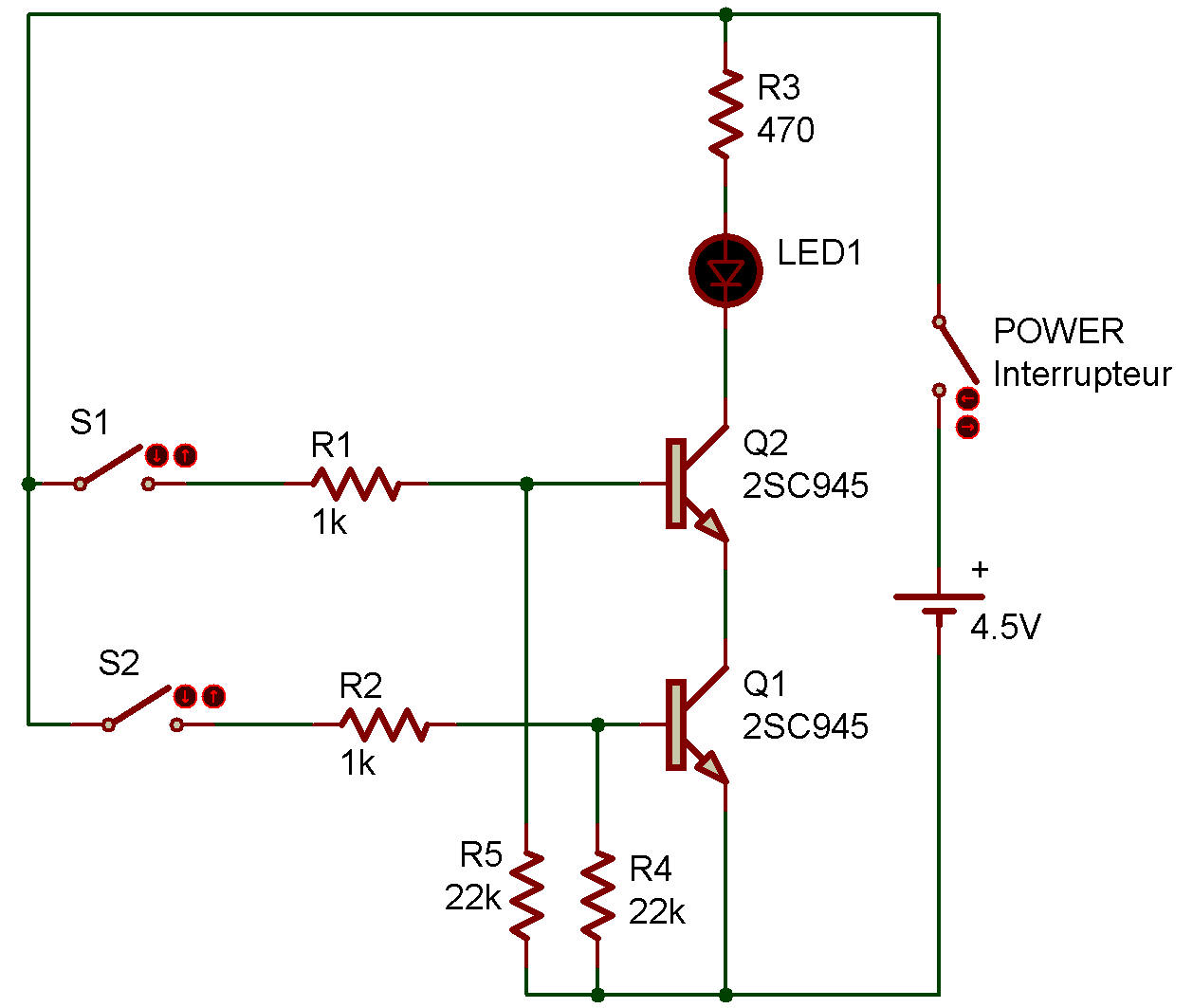

However, these tradeoffs have little to do with discrete element design. There are certain tradeoffs that have made NPN transistors a better choice for integrated circuit design. Whatever we can do with an NPN transistor, we can do with a PNP transistor. NPN and PNP transistors are two sides of the same coin.

Most problems in life are the same: there are multiple solutions to any problem, and if we look carefully, we’ll find that some are better than others depending on the resources that we have at hand.
TRANSISTOR GATE TABLES SERIES
Even with something as simple as finding a circuit that implements the 2-input-1-output logic functions described above, we have found solutions that use standard gates, series configurations, and parallel configurations. Usually there are many ways to solve a problem.

We can get a Nand gate using two NPN transistors connected in series in a common emitter configuration: We can put the circuit ‘upside-down’ and get circuits that produce, not a single logic 1 for a given input, but a single logic 0 for a given input. However, being able to swap the order of the transistors gives us flexibility if we prefer one configuration over the other for wiring purposes.Īll the series circuits above have in common that the output has exactly one logic 1 and three logic 0s we decide which input combination will output the logic 1 changing the transistor type and their stacking order. Interestingly, though, if we are working with discrete transistors instead of ICs, we can build our 0010 function with only two transistors instead of three here is where the combination of NPN and PNP transistors comes into play:Ĭhanging the order of the stacking of the transistors of the 0010 circuit leads to the 0100, i.e., the circuits that produce 00 are electrically equivalent. The number of transistors in a circuit is proportional to the area that it occupies, the power that it consumes, and the heat that it produces, so in general, circuits with less transistors will take less space, consume less power, and produce less heat, all of which are desirable features. We can get an And gate using two NPN transistors connected in series in a common collector configuration:Ī straight mapping of the IC circuit to discrete gates requires three transistors: one for the Not gate and two for the And gate. We connect transistors in series when we stack them one on top of the other, like battery cells in a flashlight. In the rest of this page we will find two-transistor circuits for many 2-input logic functions these expressions are equal to their De Morgan-transformed expressions. The De Morgan’s laws are two transformations of boolean expressions that allow us to express Or operations as And operations, and vice-versa. Complementary transistors use about the same power, we can trigger them with the same base currents, and their specs are such that the circuit that places one of the transistors in saturation places the other one in the cut-off region (see our previous tutorial on BJT transistors). To go from one of these circuits to the other, all we need to do is replace the transistor with a complementary one. Likewise, the PNP-based buffer and the NPN-based negator also have the same configuration. Notice that the NPN-based buffer and the PNP-based negator have the same configuration the only difference is the transistor.


 0 kommentar(er)
0 kommentar(er)
